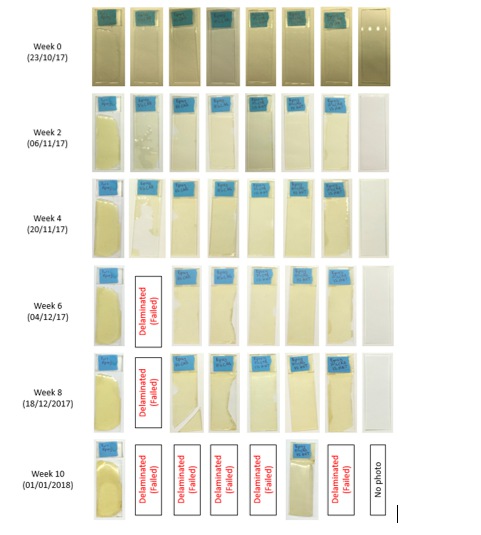
Fatima Al Hameli
Khalifa University, UAE
Title: Fabrication of self-healing coating for withstanding desert based climate conditions
Biography
Biography: Fatima Al Hameli
Abstract
Solar energy is one of the most readily accessible sources of renewable energy that may be utilized in the United Arab Emirates. Yet at the same time the UAE has one of the most severe weather conditions as it has a harsh desert climate with high amounts of dust, and temperatures may reach up to 50 °C in the summer. Sand and tiny pebbles accumulate on solar panels forming small scratches on the coating surface resulting in reduction of its mechanical and optical properties, therefore reducing the potential maximum energy output. A proposed solution is the application of an epoxy coating with self-healing properties. Self-healing materials are commonly classified as either autonomic or non-autonomic materials. To benefit from both approaches this project will aim at utilizing both capsule based and intrinsic self-healing. The project also aims at utilizing the high temperatures of the UAE to act as the external stimulus to activate the intrinsic self-healing. The proposed self-healing coating is achieved by adding cellulose acetate butyrate (CAB) as the intrinsic healing agent and using halloysite nanotubes (HNT) to sequester healing agents as the capsule based approach. Various concentrations of CAB in epoxy are tested to obtain the best concentration for complete healing. Multiple healing temperature and time are also tested to obtain the optimum healing conditions. Samples were tested in outdoor conditions to study the effect of the weather and dust on the samples. Based on thermal and mechanical tests for complete healing of the material the optimum composition is an epoxy composite with 3 vol% CAB and 1 vol% HNT and the optimum healing temperature is 110 °C. Outdoor testing was carried out for three months during winter until the samples failed due to delamination. The addition of CAB provided improvement to the epoxy material to withstand weather conditions.
Image
Figure-1: Biweekly pictures of outdoor samples after washing and drying.
References
- D Y Wu, S Meure and D Solomon (2008) Self-healing polymeric materials: A review of recent developments. Progress in Polymer Science; 33: 479-522.
- S A Hayes, F R Jones, K Marshiya and W Zhang (2007) A self-healing thermosetting composite material. Composites Part A: Applied Science and Manufacturing; 38: 1116-1120.
- V Amendola and M Meneghetti (2009) Self-healing at the nanoscale. Nanoscale; 1: 74-88.
- B J Blaiszik, S L B Kramer, S C Olugebefola, J S Moore, N R Sottos and S R White (2010) Self-Healing Polymers and Composites. Annual Review of Materials Research; 40: 179-211.
- V K Thakur and M R Kessler (2015) Self-healing polymer nanocomposite materials: A review. Polymer; 69: 369-383.

